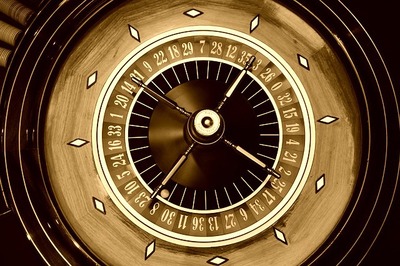 Francois and Louis Blanc were instrumental in the game of roulette as we know it today, as it was them that created the single zero wheel.
Francois and Louis Blanc were instrumental in the game of roulette as we know it today, as it was them that created the single zero wheel.
The brothers were also twins, born in 1806 only 50 years or so after the first recorded game of roulette had been played in Paris, but as children they were more fascinated by the circus.
Their love of spectacle would go with them into adulthood, although not into performing like the circus workers they used to admire, but into running casinos.
Before this though, they had worked in gambling and saved enough money to start their own bank, from where they began speculating with property and pensions. They made a lot of money doing this but their methods were questionable.
They were even arrested some time later but got off with a fine.
It was at this point that they decided to move to Paris.
Spielbank Bad Homburg
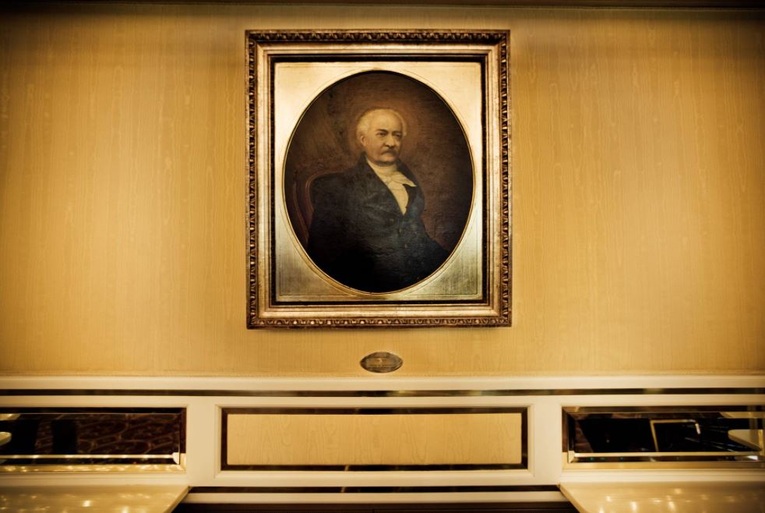
The brothers’ new location had not inspired them to turn over a new leaf, and they were soon back in the world of gambling, although they weren’t too diligent about obeying the gambling laws of the time.
Before long, King Louis Phillipe outlawed gambling completely which made it much more risky for them to go about their business, so they had to move on again.
This time they left France altogether, hopping over the border into Germany and setting up shop in the town of Bad Homburg. It is not certain why they chose this location, but the area was struggling financially so they may have seen it as something of an easy target.
They struck a deal with the Landgrave of the area, Prince Philipp, to run games of chance for a period of 30 years, and this was the birth of the famous casino, Spielbank Bad Homburg.
During all of this, Louis was happy to stay in the background, letting Francois take the limelight. Louis was the steadying influence on the more erratic and Francois, who could experience dramatic mood swings. Louis was the accountant, Francois was the showman.
The casino is still up and running today, and proudly displays a portrait of Francois Blanc.
Creating the Single Zero Roulette Wheel
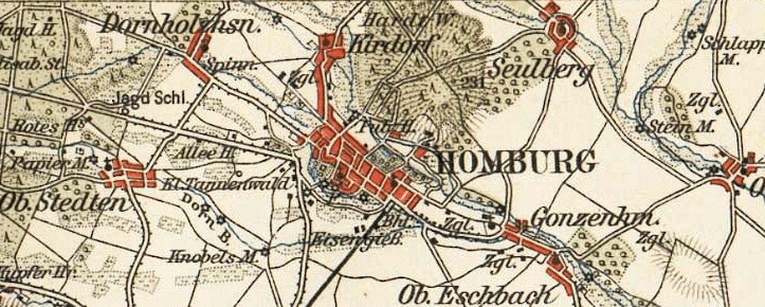
Things were going well in Germany but the Blanc brothers wanted their casino to rival those in Paris, and even with the spas, theatres and expensive hotels that had been built in the area Paris was still more of an attraction to many people.
This was in 1843, the year that the game of roulette changed forever.
Francois had the idea to attract more gamblers by reducing the house edge on the game and giving them more chance of winning. He did this by removing the double zero used by the casinos in Paris.
The brothers had also improved transport links to bad Homburg to make it easier for customers to get there, and this coupled with the news of potentially greater fortunes brought people in their droves.
There were rumours of witchcraft at the time, with a common story being that Francois had sold his soul to the devil in exchange for the secret of roulette. This was backed up with the ‘evidence’ that all of the numbers on the wheel added up to 666.
This was obviously ridiculous, but people love a good story, and it garnered Francois the nickname; The Wizard of Homburg.
Tragedy struck in 1852, when Francois lost not only his wife, Magdeleine-Victoire, but his twin brother. Louis died early aged just 47, leaving his brother in charge of their huge fortune, but bereft.
Making a Move on Monaco
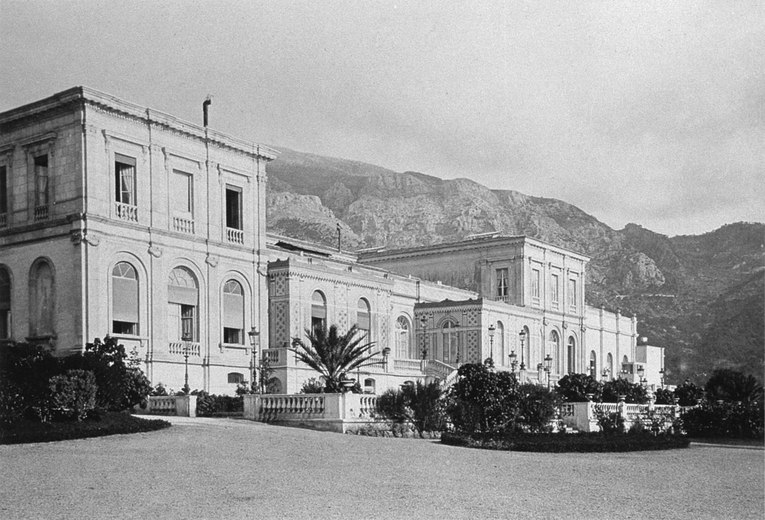
In the 1860’s, Frankfurt decided that it no longer needed casinos as an attraction and gambling was outlawed, meaning that once again, Francois had to pack his bags.
The small principality of Monaco was struggling financially at that time, and the Royal Family of the tiny country were interested in bringing more tourists to the area to boost the economy.
Francois had lost a lot of money when he had to leave Germany, but with what he had left (which was a substantial amount nonetheless) he invested in a new casino in the heart of Monaco, a little place you might have heard of called Monte Carlo.
Once again, Blanc spent his own money improving transport links so that customers could more easily get to the fairly isolated country, building new railways and improving the existing highways. Remember, this was the mid 1800’s – transport was not as simple as it is today.
Monaco was also an area of outstanding national beauty which was an attraction in itself, and of course, Blanc utilised the single zero roulette here as he had done in Bad Homburg.
In the first year, he attracted 30,000 visitors to Casino de Monte-Carlo, a resounding success, and one on which he would build as the years went on.
The Monte Carlo Casino became so successful that French casinos struggled to compete, so they invented the La Partage rule to entice players back to play on their wheels instead of Blanc’s. This means that Francois Blanc was also responsible for La Partage in a roundabout way.
What Happened to Francois Blanc?
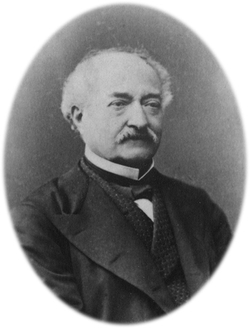 Francois is sometimes credited with all that he and his brother achieved, probably because Louis was the more reserved of the pair and died so young, before Monte Carlo.
Francois is sometimes credited with all that he and his brother achieved, probably because Louis was the more reserved of the pair and died so young, before Monte Carlo.
The truth is though that Monte Carlo would never have happened without Bad Homburg, and Bad Homburg would never have happened without Louis and Francois working together.
Once Monte Carlo was established Francois had an enterprise that would keep him in business until the day that he died. Indeed, the casino still attracts thousands of visitors each year.
His life was a comfortable one, ending in 1877 when Francois was 70. He passed the business on to his son Camille along with a fortune worth €450 million today.
Being one of the world’s elite and mixing with royalty had also brought Francois many influential friends, and as a result his offspring married well.
One of his granddaughters, Louise Adela Radziwiłł, married a French duke, and her daughter married the 11th Prince de Poix. Francois’ other granddaughter would go on to marry Prince George of Greece and Denmark, who was made famous for saving the life of his cousin, Nicholas II the Emperor of Russia, during an assassination attempt in Japan.
